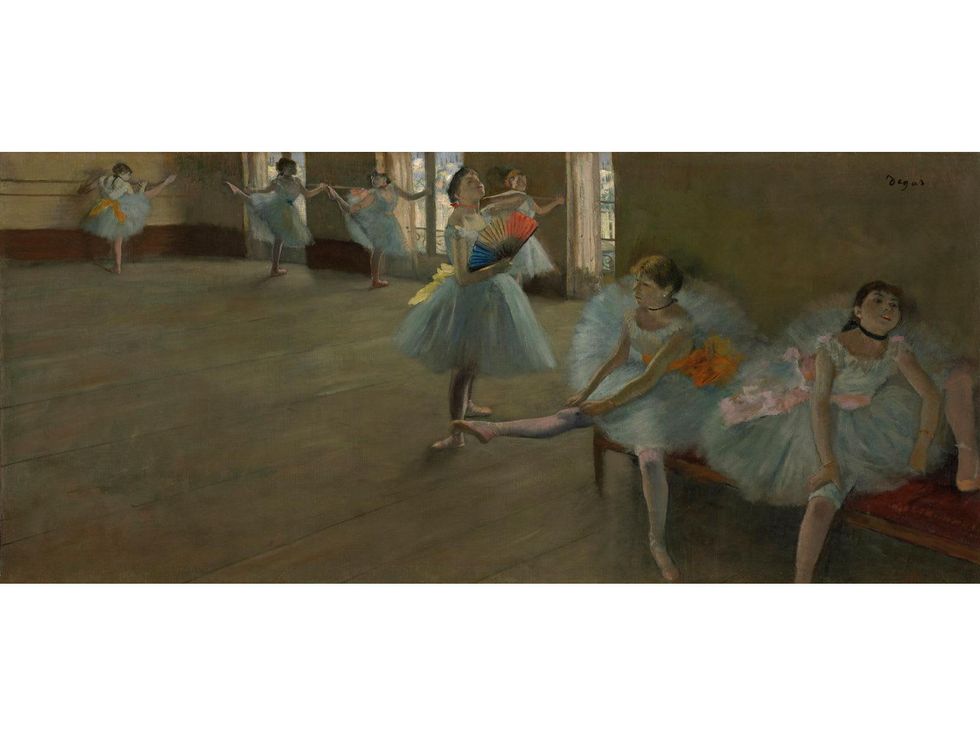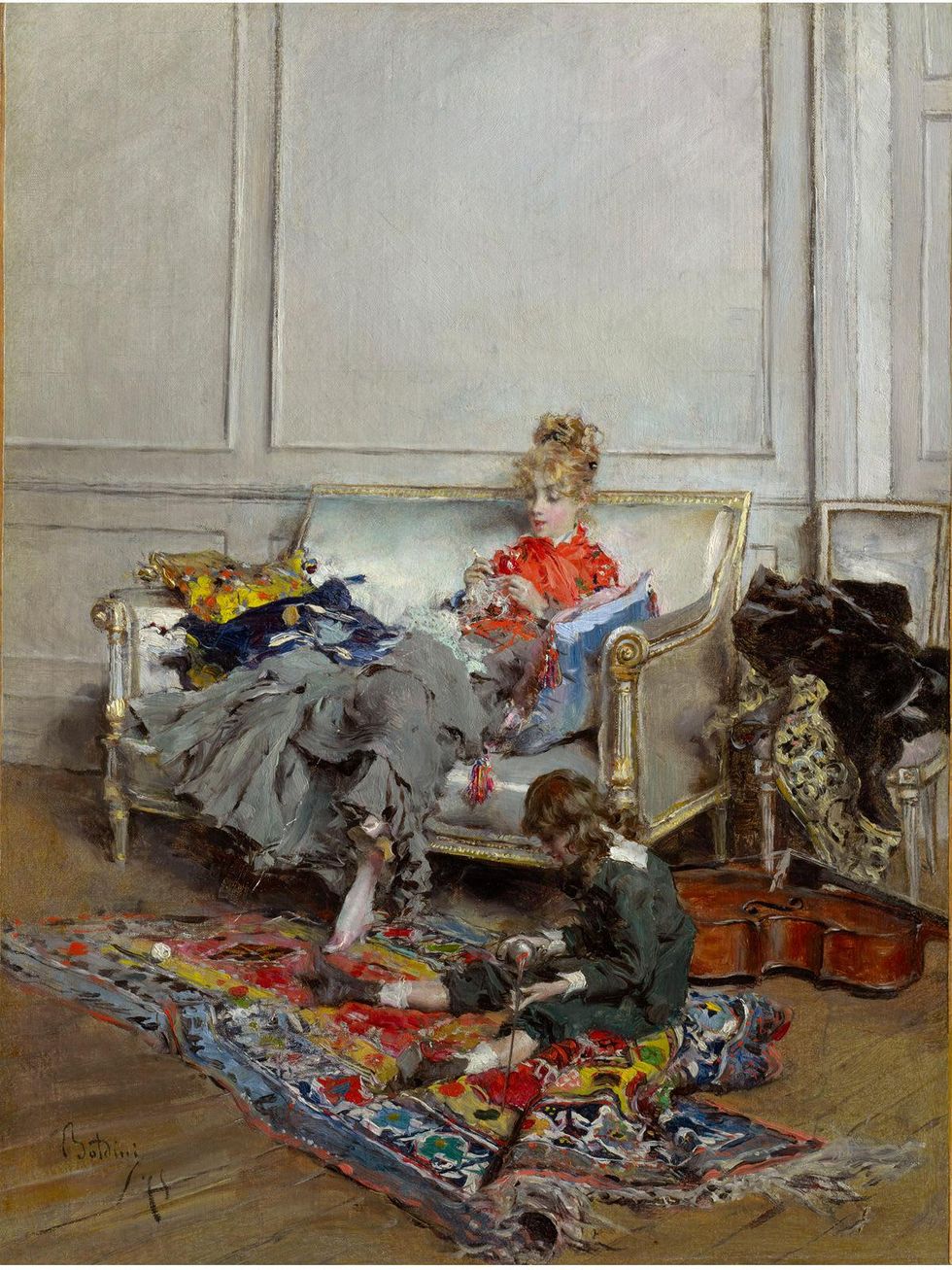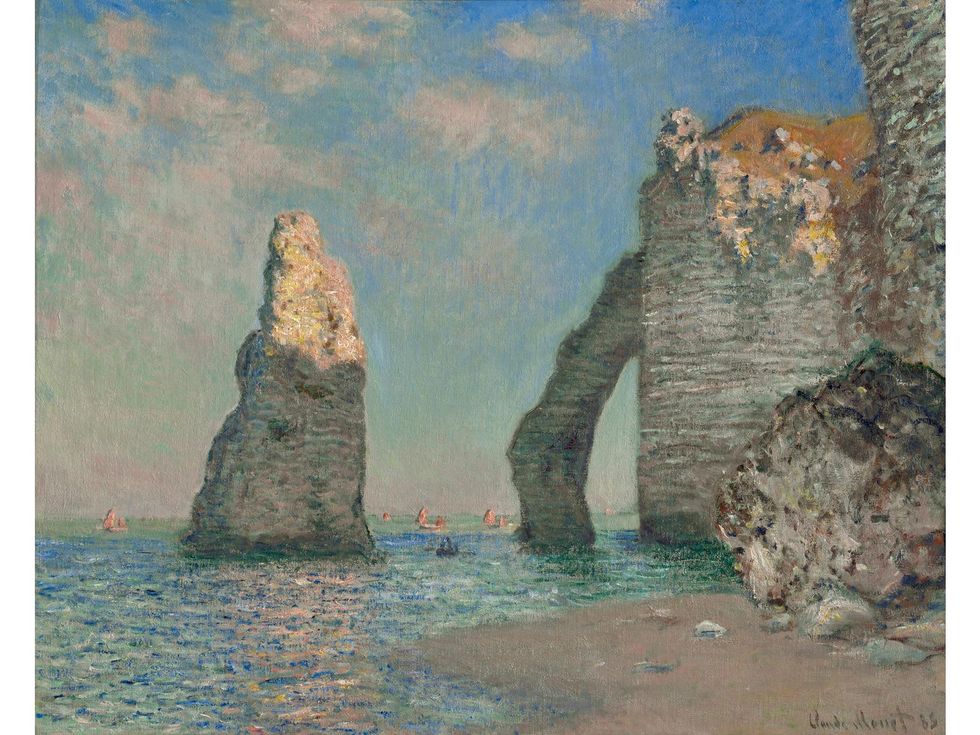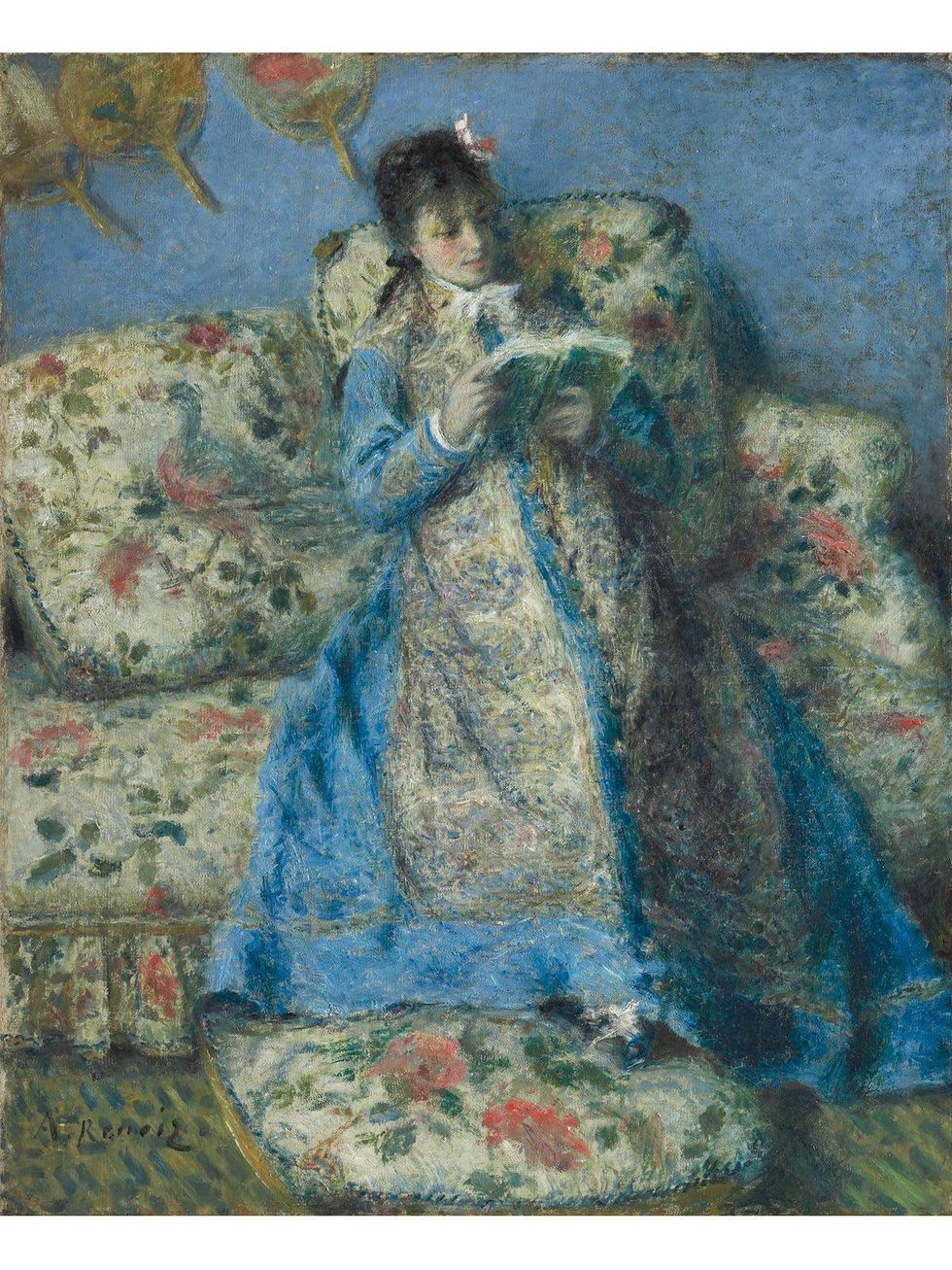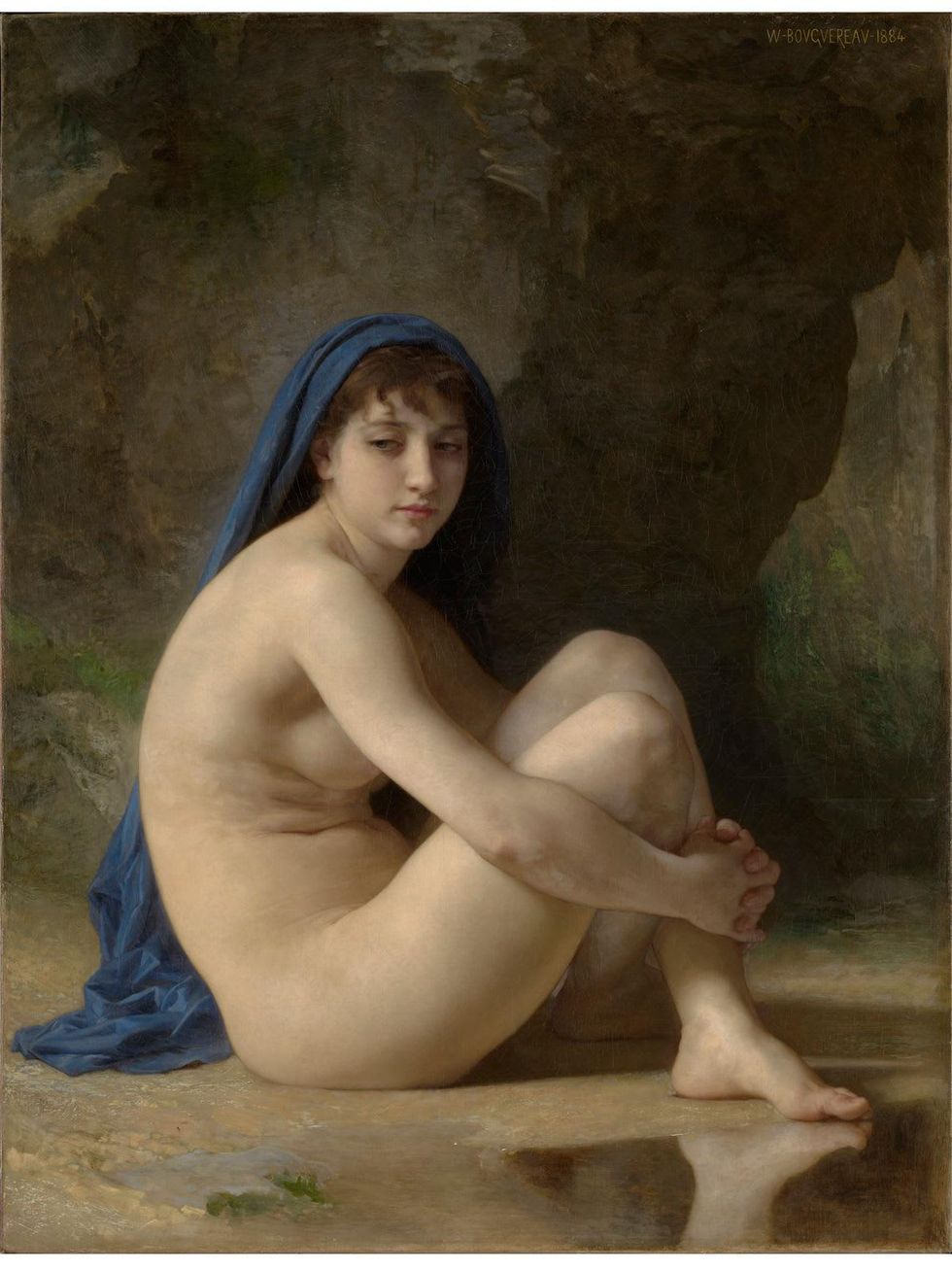Art Secrets & Tips
Art secrets: This cheat sheet to MFAH's new blockbuster Impressionism exhibit will make you seem brilliant
As much as we love our families, concentrated time in enclosed spaces with them during the holidays can create stress. After the turkey has been devoured, the presents opened and the game watched, comes that moment when we look across the room at these beloved ones connected to us by DNA and marriage certificates and realize: Oh God, we’re going to have to figure out something to entertain all these people for the next few day before someone brings up health care or Duck Dynasty.
This year, a possible answer for the annual holiday-family-time-dilemma comes from an unlikely source, the Museum of Fine Arts, who has one solution for us all, Impressionism, or more specifically The Age of Impressionism: Great French Paintings from the Sterling and Francine Clark Art Institute.
There’s a simple reason the MFAH frequently brings Impressionism exhibitions to town. Everyone loves these guys. Granddad loves Monet, your mom digs Cassatt. Your conservative uncle who thinks real art died at the dawn of the 20th century, he knows what he likes and he likes Renoir. Your vegan, hipster cousin who likes Degas, but only ironically, deep in his heart he adores those ballet dancers.
These individual paintings can evoke a visceral, emotional response.
I’m making light of Impressionism’s importance to art history — while also making a truly horrible pun — only because I think it’s the light that draws us to these works. As much as we know we’re required to exit through the gift shop, we can’t seem to view these paintings through our 21st century cynical lens. The vibrancy of the light and colors pull us in and for a few minutes calms our collective ADD.
These individual paintings can evoke a visceral, emotional response. (For example, Monet’s The Cliffs at Étretat makes me want to spread out a beach blanket and bask underneath it.) But The Age of Impressionism taken as a whole will also bring viewers a new understanding of 19th century French art, as the exhibition juxtaposes the different movements and styles of the period.
While the Impressionist mega stars are included in the exhibition, with galleries devoted to Renoir, Degas and Monet, it also widens the focus to their predecessors like Daumier, Corot and Rousseau, as well as some examples of their arch nemeses (if the Impressionists were superheroes) academic painters.
After attending an early walkthrough of the exhibition that included a fascinated Impressionism tutorial given by Richard Rand, senior curator at the Sterling and Francine Clark Art Institute and Helga Kessler Aurisch, MFAH curator of European art, I’ve prepared some tips and tidbits to wrangle your family, friends, and dates through the exhibition while proving your Impressionism quaint-cobblestone street cred.
Light Calls for Light
Though a Thursday evening walk among the painted French countryside might make for the perfect date night, take family and friends during the day. The natural light in the Beck Building’s third floor galleries is the perfect illumination for these paintings, many of which were painted outdoors.
Naked Ladies Clashing
As you enter the exhibition, point out William-Adolphe Bouguereau’s, Seated Nude. She’s hard to miss. Keep her in mind until you find Renoir’s Blonde Bather near the end of the exhibition. Explain to your entourage that with these two paintings, produced only a few years apart, we can see the difference between the traditional academic painters and the more avant-garde Impressionists.
Suck it Royal Academy of Arts, London and you too Kimbell Art Museum, Fort Worth
The Age of Impressionism has been galavanting around the world for two years, with Houston its last stop before heading back home to The Clark Art Institute, but make sure your out-of-town guests know there are a few pieces only we are seeing.
Jean-Léon Gérôme’s Tiger on the Watch has been a hometown favorite since the MFAH acquired it in 1921, and it stays here. Houston is also only one of two museums on the tour that include what is likely to be the favorite piece of grandma and your tween niece, Degas’s Little Dancer Aged Fourteen.
Eternal Debates
Don’t be ashamed to get into a heated argument with your teen cousins about who’s hotter Renoir or Degas. Two small self-portraits, one of a young Degas (the dreamy dreamer) in his early twenties and the other of a youngish Renoir (the intense bad boy), will fuel this most pressing of aesthetic disputes into dinnertime.
Altered Tales
For two examples of how a painting’s story can change with a layer of paint, look to Renoir’s A Box at the Theater (At the Concert) and Sleeping Girl. X-rays show that the drapery behind the two women waiting for the music to begin in Box at the Theater covers the figure of a man that Renoir erased from the work. Also, the lovely, seemingly innocent Sleeping Girl once had a wine bottle (presumably empty) at her feet. Use this knowledge to begin a discussion on story composition in visual art or to convince your 7-year-old nephew you have x-ray vision.
Be Warned
No matter what you do with the rest of your life, know this: As you wandered through the very first gallery, Carolus-Duran’s gardener judged you and found you wanting.
The Age of Impressionism: Great French Paintings from the Sterling and Francine Clark Art Institute is on display at the Museum of Fine Arts, Houston through March 23, 2014. The exhibition is specially ticketed, but does not require a timed reservation.

